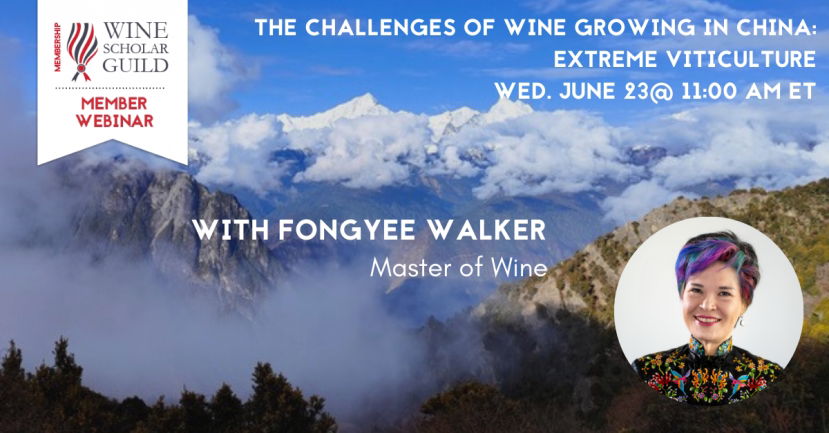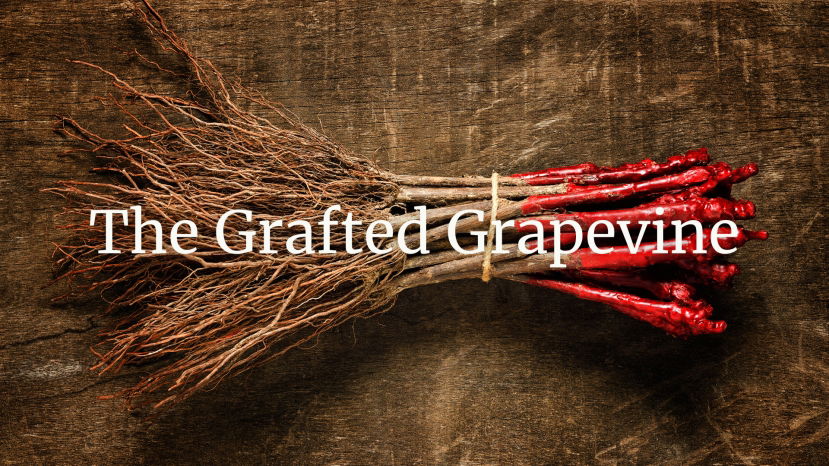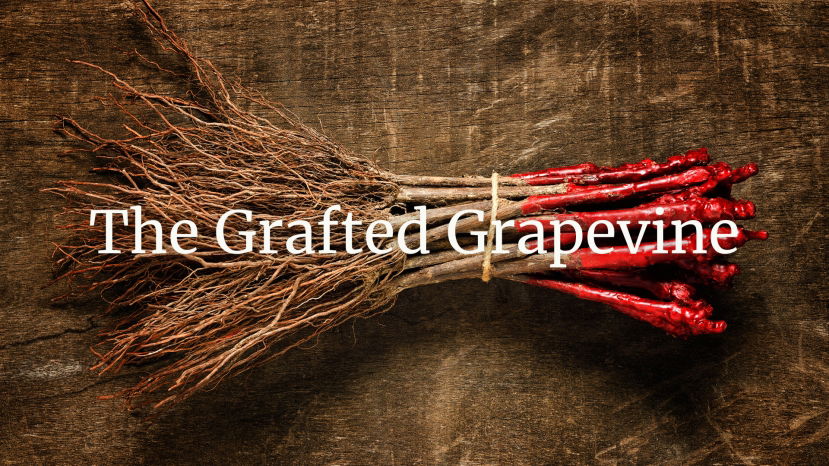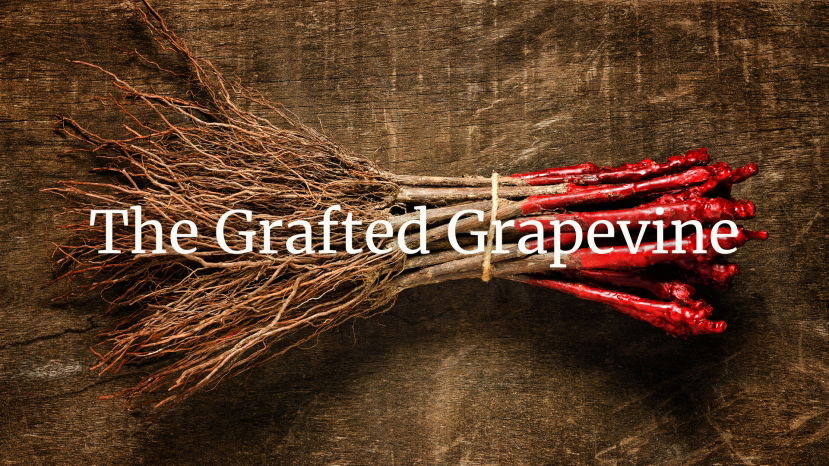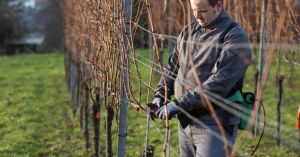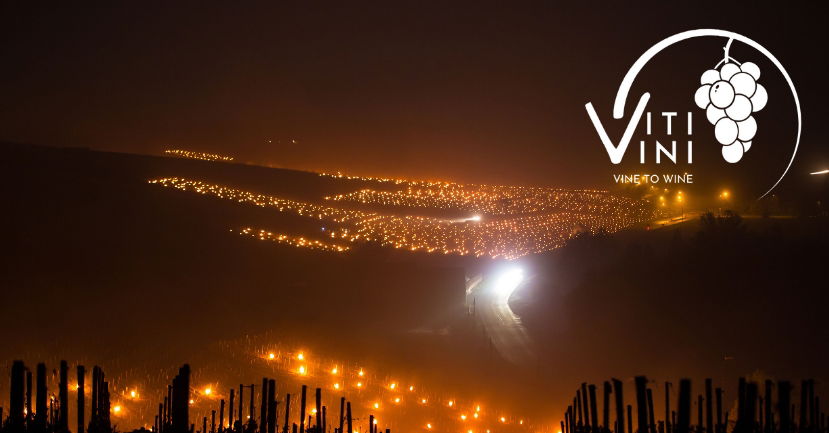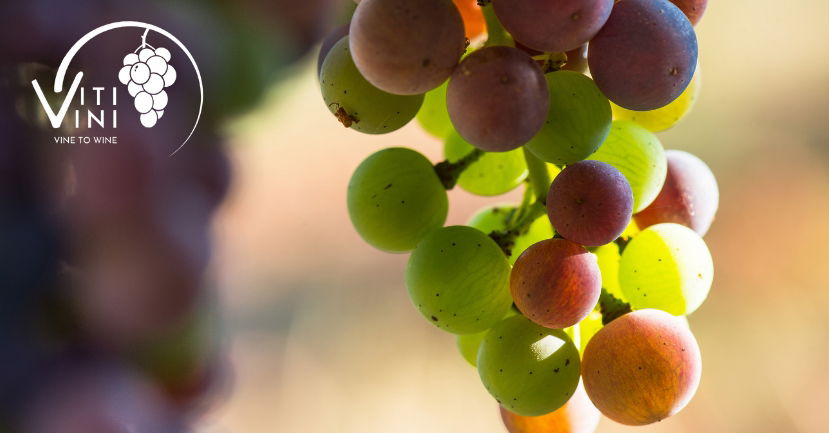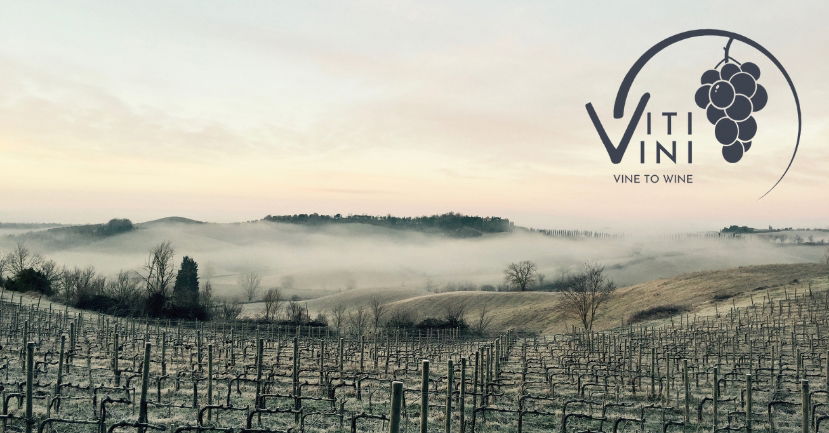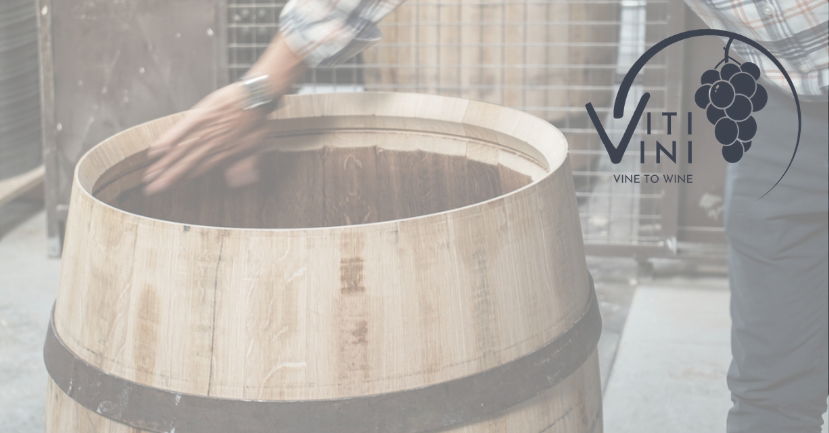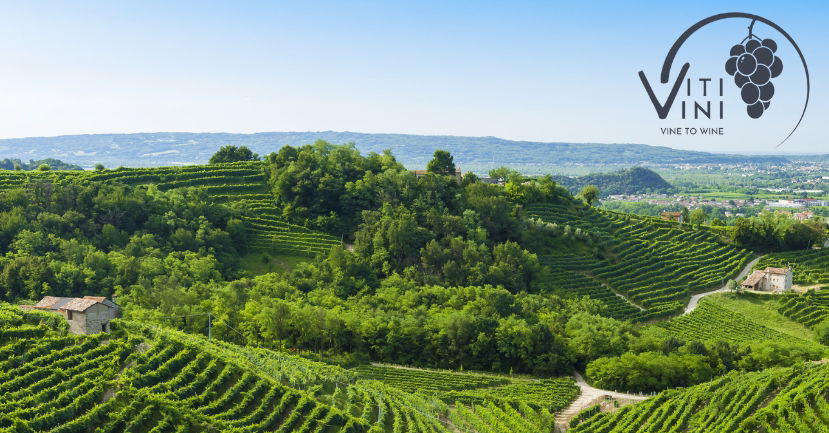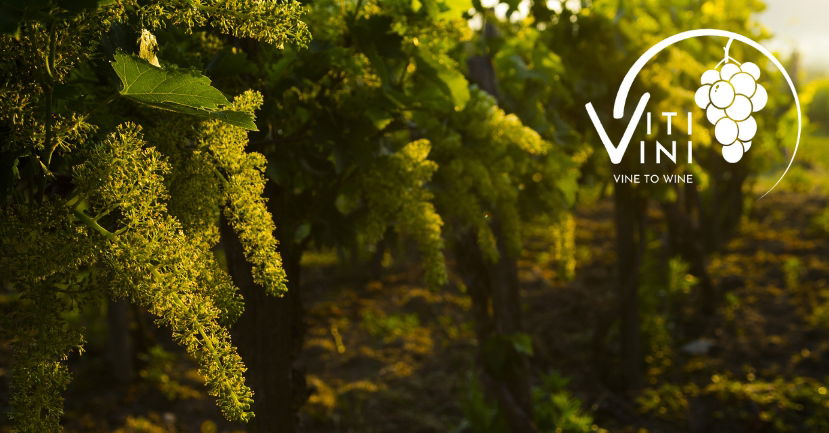BLOG
viticulture
Description:
Building on last year’s inspiring introduction to regenerative viticulture with Justin Howard-Sneyd MW, this session looks deeper into the practicalities of regenerative approaches in the vineyards of France, Italy and Spain. Becky Sykes, Programme Director at the Regenerative Viticulture Foundation, will lead this exploration into how these innovative practices are reshaping the future of
Nearly 30 years after gaining Denominación de Origen status, Galicia's most “heroic” wine region is facing some familiar challenges.
Summary:
Welcome to the soil signatures course! This course is aimed at helping students understand the very tangible effect that different soil types can have on the flavours we encounter in the glass.
Summary:
The city of Bordeaux has recently been governed by a green mayor, more than 14,000 hectares of vineyards are certified organic or are being converted, and biodynamics is experiencing great popularity.In the Gironde region, too, it has been realized, not least after various pesticide scandals, that neither people nor the environment can be poisoned for a luxury product like wine. In this webinar, we want to get to the bottom of the efforts for more
WSG is proud be the first Educational Partner of The Old Vine Conference. Read more to find out how this dynamic non-profit organization is actively creating a global network of old-vine disciples while raising awareness through education.
The 2022 vintage was, in general, a great year for France. Weirdly. Look at the data. It shouldn’t have been: the gauges for both drought and heat were often flashing red. What happened?
Summary:
From the climate to legislation, from equipment to personnel, growing and making wine in China has unique challenges to overcome. This webinar will delve into the trials and rewards of producing great wine in China, looking at 5 of the major growing regions, while outlining the history of viticulture in China and throwing light on the position that grape wine holds in Chinese culture both now and in the past.
Presenter: Fongyee Walker MW
Fongyee
Summary:
THE GRAFTED GRAPEVINE (a three-part series)
Welcome back to our three-part viticultural series that takes a deep dive into the grafted grapevine. Thomas Dormegnies, of the highly respected Berillon Nursery in France, will share his expertise and experience to help you discover how grafted grapevines are produced, the impact of high-quality vine plant material on viticulture, how diversity
Summary:
THE GRAFTED GRAPEVINE (a three-part series)
We are thrilled to present you a three-part viticultural series that will take a deep dive into the grafted grapevine. Thomas Dormegnies, of the highly respected Berillon Nursery in France, will share his expertise and experience to help you discover how grafted grapevines are produced, the impact of high-quality vine plant material on viticulture, how diversity and sustainability in the vineyard starts from the
Summary:
THE GRAFTED GRAPEVINE (a three-part series)
Welcome back to our three-part viticultural series that takes a deep dive into the grafted grapevine. Thomas Dormegnies, of the highly respected Berillon Nursery in France, will share his expertise and experience to help you discover how grafted grapevines are produced, the impact of high-quality vine plant material on viticulture, how diversity and
WSG is proud be the first Educational Partner of The Old Vine Conference. Read more to find out how this dynamic non-profit organization is actively creating a global network of old-vine disciples while raising awareness through education.
The Romans arrived in Piedmont during the 2nd century BC, establishing colonies in Eporedia, Derthona, and Augusta Taurinorum (Ivrea, Tortona, and Turin, respectively). These territories were strategically important—their locality to the Alps helped the Romans control northerly invaders. As was customary, the Romans settled and built roads, aqueducts, amphitheatres, bridges, and established towns and cities. They also planted vines but were not the first to do so here...
While it may not be the most glamorous subject matter, vine-training is an essential topic to understand for students of wine. The method in which a vigneron replants and manages the growth of vines has big implications on matters concerning yields, protection against weather, and the overall quality of the final wine. Furthermore, because of its effect on labor and resource deployment, vine-training can determine whether a winemaker’s operation is financially viable in the first place.
With warmer weather, bud break comes quickly. The tiny buds swell and then quickly reveal small, fuzzy, green leaves as the shoot primordia begin to elongate. These shoot primordia will become fully developed shoots over the next few weeks!
Although the exact timing of bud break varies from location to location and from year to year, cooler growing areas can have bud break as late as May; warmer regions as early as March. Either way, bud break officially starts the new vintage for the vines!
August is the calm before the harvest storm. Vegetative growth has slowed considerably and, in some climates, stopped completely due to water stress. The vine now turns its efforts to ripening the fruit that it has developed earlier in the season. Although the berries are close to their final size, the skins will begin to thin, change color, and gain considerably more weight as they fill with sugar produced by the leaves. In climates that experience rain during this period, splitting becomes a risk.
Finally, we have reached the end of the winemaking year.
In the vineyard, soil health is a common topic of discussion now that the vines are dormant. This is a great time to dig soil pits and send samples off to discover more about the composition of the soil layers around the root system of the vines.
Soil pH plays a large part in the health of a vineyard as it controls nutrient uptake. Even if the soil contains plenty of a particular nutrient, if soil pH is wrong, that nutrient might not be available in a form that the plant can use. This can lead to micronutrient deficiencies or toxicities. For this reason, it is very important to manage the soil pH.
February is still a relatively quiet time in the vineyard. Pruning continues in warm climates while in cold climates it may not begin until March or later. This is primarily due to the risk of winter bud kill. Different varieties have different tolerances for cold. February, in the northern hemisphere, has historically been the coldest month in the calendar year and a cause for worry.
WSG launches “Vine to Wine,” an exciting, new blog series that will chronicle what is happening in the vineyard and in the winery each and every month of the calendar year. Nova Cadamatre, MW and winemaker, will author these authoritative and detailed posts drawing upon her studies (Cornell Viticulture and Enology graduate) as well as her winemaking experience in California, China and the Finger Lakes.Each “Vine to Wine” installment will detail that month’s vineyard and winery tasks with deep dives into a particular grape growing or wine making topic such as pruning methods and training systems or barrel aging and fermentation vessels.The series is designed to give wine students and educators an opportunity to develop or hone their technical savvy.
January is a very quiet time for the winery in the northern hemisphere. It is the in between time when the last vintage is quietly waiting in maturation and the next vintage has yet to start. In cold climates, all eyes are still on the weather to ensure that the depths of winter do not bring damage to the dormant buds. The buds hold the entire shoot and cluster primordia (more on this in February’s post) for the new vintage and each variety has a different tolerance to the cold… so monitoring the risk of damage is very important.
By July, the period of rapid shoot growth is over. The vine has now created all the leaves needed to ripen its fruit. In wet climates, shoot growth may continue but at a much slower pace. In dry climates, shoot growth stops completely. In very dry areas, the tendrils on the shoot can even dry out completely!
June is a time of great change in the vineyard. At the beginning of the month, the vines have short shoots with berries that have just set. By the end of the month, the shoots are almost fully grown and have discernable clusters. This is a period of rapid cell division for the berries. With regard to the clusters, the number of individual cells within each berry increases in preparation for the next phase of cell expansion (to be covered in July) when the final berry size is largely determined.







